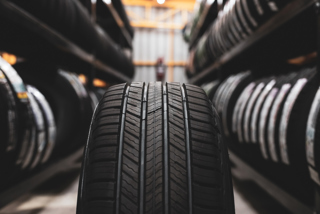The European Automobile Manufacturers’ Association (ACEA) has said more attention needs to be given to ensure a reduction in car accidents in its assessment of a European Commission review of vehicle safety technology.
However, ACEA stressed that the proposed measures will require further review to ensure priority is given to the most effective solutions that will have the biggest impact in reducing accidents.
ACEA secretary general Erik Jonnaert said: “ACEA members acknowledge the importance of including additional safety features in new car types.”
Additional features proposed by the European Commission include autonomous emergency braking (AEB) systems and lane departure warning (LDW) systems (see Fleet News story here). Mandatory introduction could result in higher prices for fleet operators, but the safety improvements should reduce incidents, ultimately saving money, time and lives.
ACEA recognises the need to address speed-related accidents but recommends a “step-wise approach” for introducing intelligent speed assistance (ISA) systems in cars.
This should include developing and implementing effective solutions for providing reliable information to the vehicle, based on, for example, short-range communications.
Using information from road-sign recognition cameras and GPS-linked speed limit databases, intelligent speed assistance systems can prevent drivers from exceeding speed limits.
Jonnaert said: “Vehicle technology is just one piece of the complex safety puzzle. If we are to make progress on the Commission’s new objective of reducing fatalities and serious injuries by half between 2020 and 2030, we need put more emphasis on an integrated road safety strategy.
"This is the only way to ensure that safe vehicles are driven by safe drivers on safe roads.”
However, there are still many issues with infrastructure. Road signs are not harmonised across Europe and information on speed limits is not reliable enough.
Digital maps are also not fully populated with speed limit information for all roads, and data are not always updated. Camera-based systems simply cannot anticipate all scenarios, such as when traffic signs are covered.



















Login to comment
Comments
No comments have been made yet.